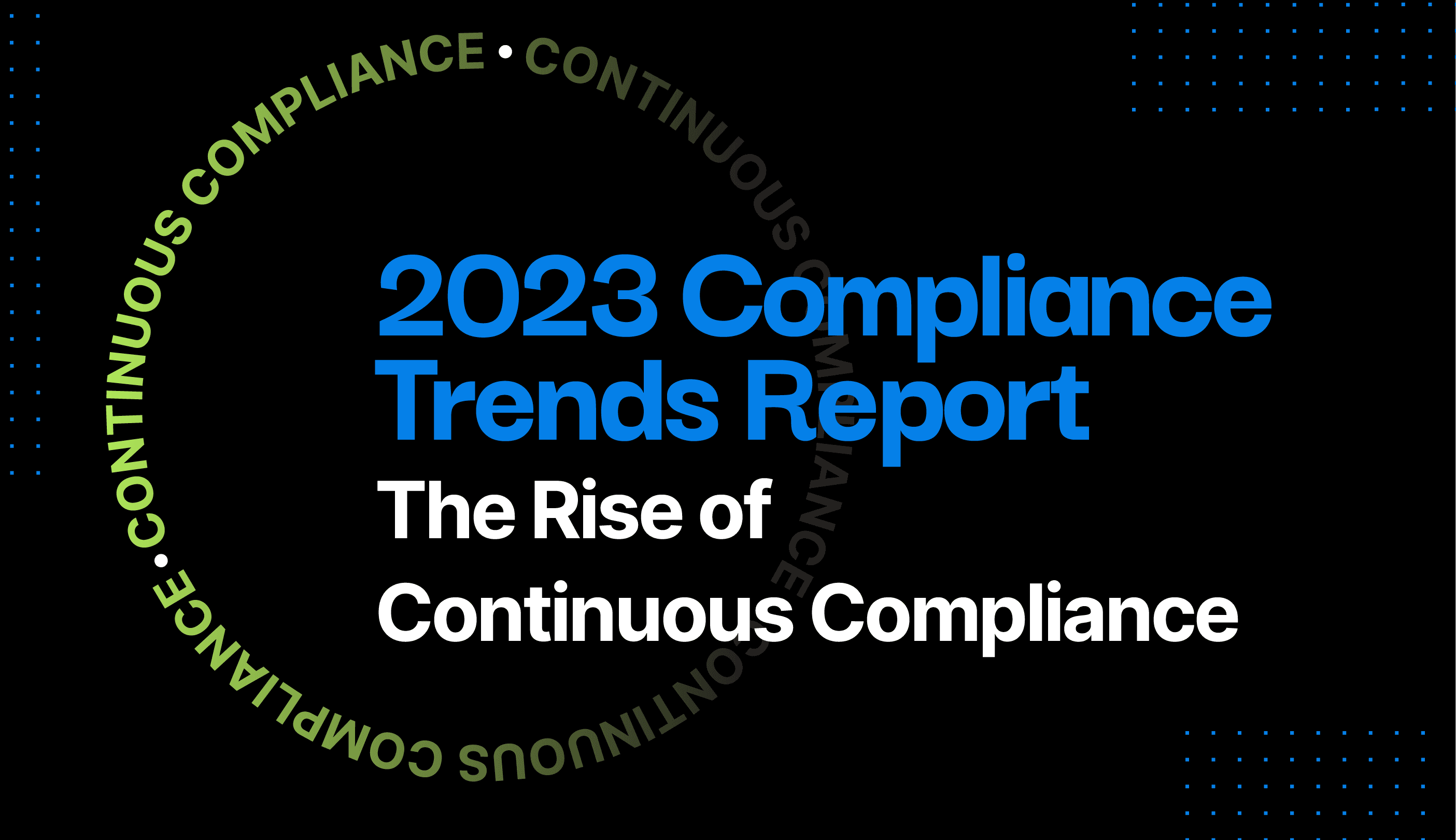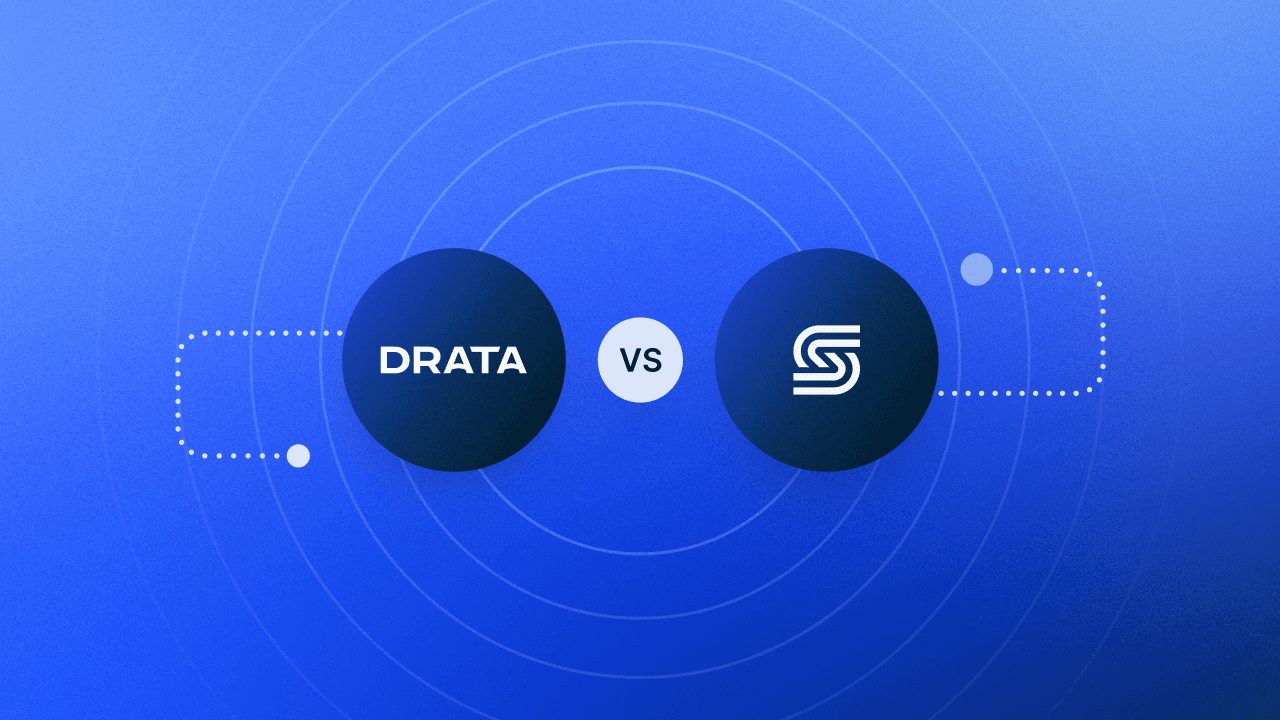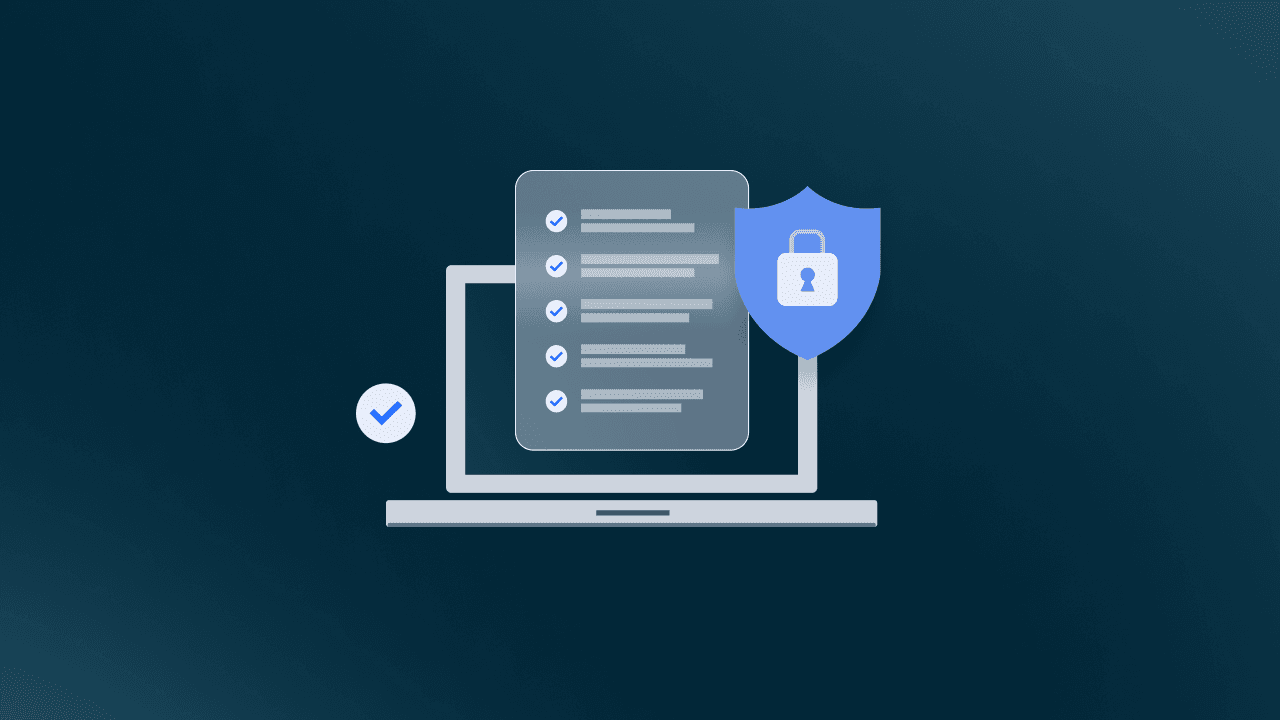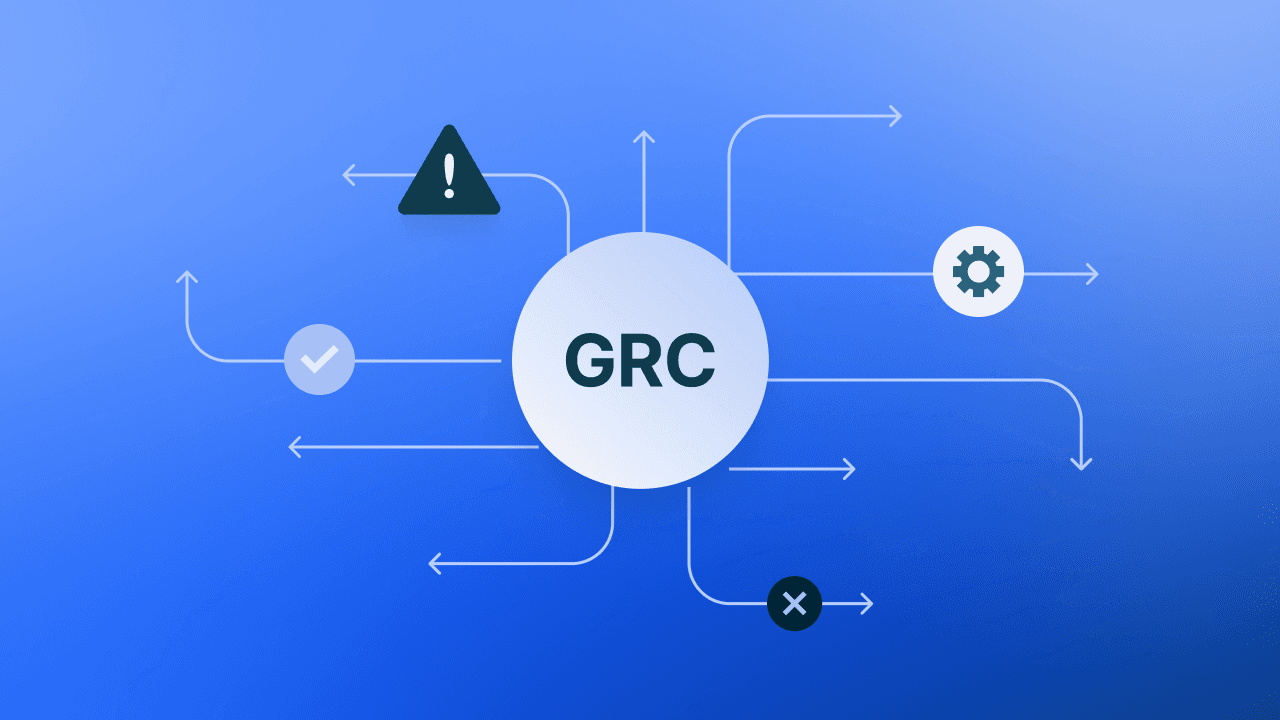What is Orchestration?
Do you know why orchestration is important in today’s IT landscape? Find out, discover the benefits, and see how it helps the organization.
In a rapidly evolving digital landscape, businesses face the challenge of managing complex IT systems and applications. At the same time, some traditional IT management methods and processes don’t meet today’s needs. This is where orchestration comes in. But what is orchestration? Where do you start with this concept if you’re new to it? In this post, we’ll give you an overview of what you need to know about orchestration. Plus, we’ll explore the challenges companies face without it, as well as the benefits and different types of orchestration.
What is Orchestration?
In IT, orchestration refers to the process of automating and managing complex tasks and workflows across various systems and applications. Orchestration is used in various areas of IT, including cloud computing, application deployment, and network management.
Why is Orchestration Important?
With the rise of digital transformation, the complexity of IT systems has increased significantly. Organizations now rely on a wide range of tools and services to run their businesses, making it increasingly challenging to manage various systems and applications manually.
In fact, according to JumpCloud’s Q4 2022 IT Trends for Small and Medium-Sized Enterprises eBook, IT professionals are interested in technology consolidation for a variety of reasons, including to improve user management and the user experience, reinforce security, reduce tool sprawl, save budget by doing more with less.
Orchestration provides a solution to this challenge and makes it easier for professionals to manage sprawl by automating and streamlining workflows, which helps organizations achieve higher efficiency levels, reduce operational costs, and improve overall performance.
Process Orchestration and Process Automation: How Do They Compare?
Process orchestration and process automation are two related but distinct concepts. This is what you need to know about the differences between them.
Process Automation
Process automation refers to the use of technology to automate specific tasks and workflows. This could involve automating a single task, such as sending an email or generating a report, or it could involve automating an entire series of events, like onboarding a new employee.
Process Orchestration
Process orchestration involves the coordination of multiple tasks and workflows across various systems and applications. This could involve organizing tasks across different systems and applications, such as integrating data from multiple sources or synchronizing tasks across different departments within your organization. In other words, process automation focuses on individual tasks, while process orchestration focuses on the management of multiple tasks and workflows.
Challenges Without Orchestration
What’s at risk if organizations don’t implement orchestration? These are some of the most common challenges that arise. Manual coordination of tasks can be time-consuming and resource-intensive. As IT systems are becoming more difficult to manage, lacking the ability to connect tasks can be a significant bottleneck. This can result in delays in task execution and missing deadlines.
Lack of automation can lead to inconsistencies in the configuration of IT systems. Manually configuring various components can result in misconfigurations, which can cause system failures or security vulnerabilities.
Manual work can lead to errors in execution. This is especially true in cases where IT teams have to execute repetitive tasks, which can lead to human error and inconsistencies.
It’s difficult to identify and resolve issues in real-time. This is because IT teams would have to monitor various systems and applications manually. That can be time-consuming and impractical.
Benefits of Orchestration
Need more details on how implementing orchestration can benefit your organization? Take a look at what you can expect.
Orchestration automates repetitive tasks. All to allow IT teams to focus on more critical tasks that require their expertise. This reduces the workload on IT teams, enabling them to be more productive and efficient. It also lessens the risk of human error, which can improve the reliability and performance of IT systems.
Streamlining workflows, eliminating many errors and delays. Orchestration helps organizations achieve this by automating the coordination and management of various tasks and systems, which reduces the time to complete tasks and ensures consistency in task execution.
Real-time visibility into IT operations. This enables IT teams to identify and resolve issues quickly, improving the reliability and performance of IT systems. With real-time visibility, IT teams can also proactively monitor and manage systems, which can prevent issues before they occur. Teams can more easily share workflows, data, and resources. This can improve communication and collaboration between teams, which can lead to better outcomes and better performance. By enabling teams to work together more effectively, orchestration can also help to break down silos within organizations, which can lead to more efficient and effective use of resources.
Types of Orchestration
There are two main types of orchestration: cloud orchestration and application orchestration. Let’s take a closer look at what each one looks like and how they work.
Cloud Orchestration
Cloud orchestration is the automation and coordination of cloud resources, including compute, storage, and networking, to achieve a specific goal. It enables organizations to manage and scale their cloud infrastructure efficiently, reduce operational costs, and improve performance. This type of orchestration is growing quickly and shows no signs of slowing down. According to the 2022 Cloud Orchestration Market Report, the cloud orchestration market size was valued at $14,985 million in 2020 and it’s projected to reach $105,071 million by 2030. The demand for optimal resource utilization and cost reduction are key drivers for that trend.
Application Orchestration
Application orchestration refers to the automation and coordination of various application components, including databases and services, to ensure that they work together seamlessly. It helps organizations to deploy applications faster, reduce downtime, and improve application performance. It also can also help break down silos across an organization. Orchestration will undoubtedly play an increasingly important role in meeting business goals, from faster delivery of products and services to better customer experiences and beyond.
For more articles and resources like this delivered straight to your inbox, sign up for our Trusted newsletter.
2023 Compliance Trends Report
Drata surveyed 300 established and enterprise organizations to tap the pulse of the state of risk and compliance. In doing so, we identified related trends, perceptions, and how compliance impacts the business. This year, the primary takeaway is that a mature compliance program will accelerate a business, not slow it down.








